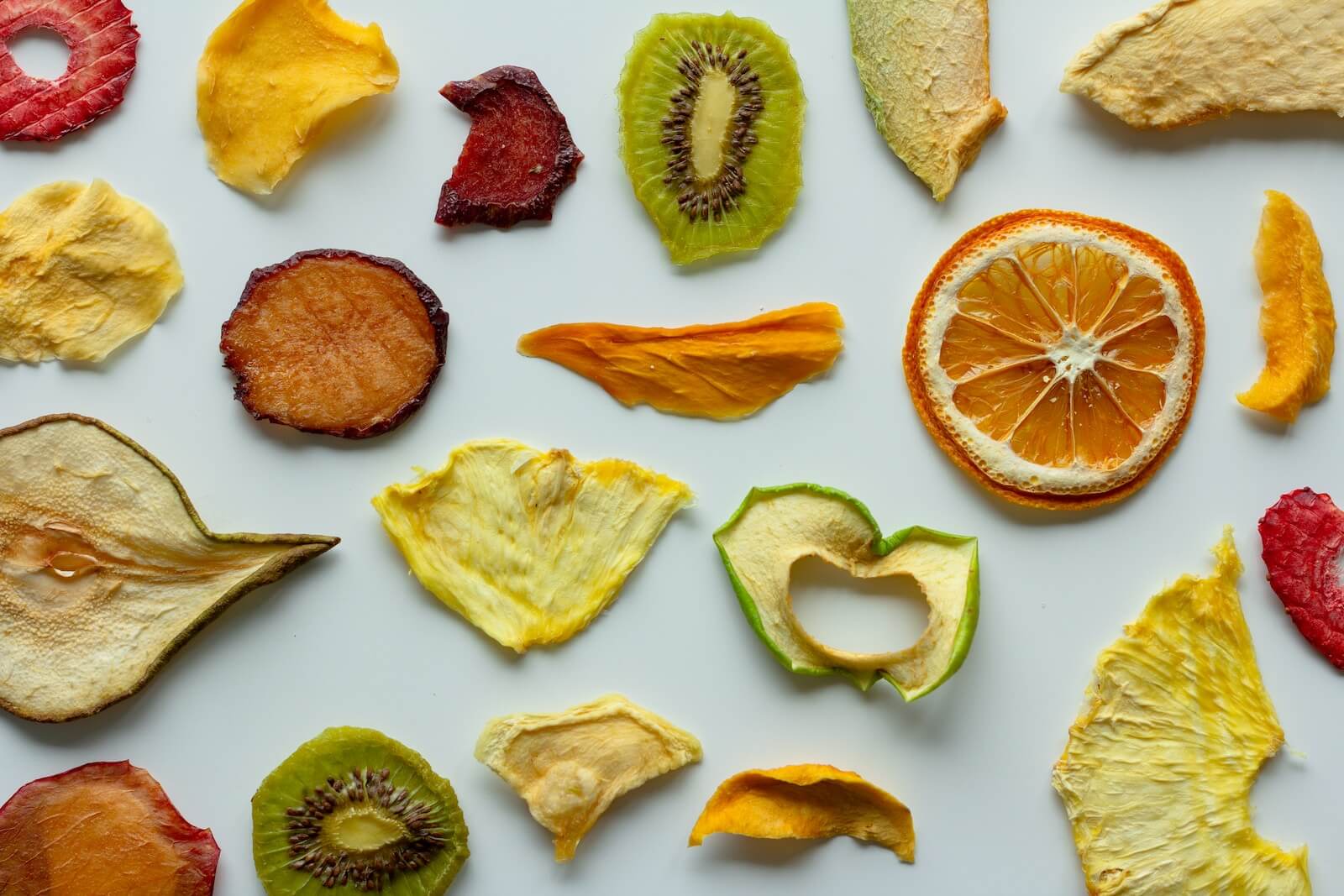AMHERST, Mass. — Fruit snack companies have gotten pretty good at advertising their products. “Made with real fruit juice” is a common claim on labels, trying to appeal to consumers that might be skeptical about their nutritional value. The skepticism is warranted, as food science researchers have found that the healthiest fruit snacks aren’t actually fruit snacks at all — it’s dried fruit.
Currently, only dried fruit, fruit puree, and canned fruit with juice meet the federal guidelines for high-nutrition “fruit snacks,” according to researchers from the University of Massachusetts Amherst. The U.S. Department of Agriculture defines the typical fruit snack as “products made with fruit and fruit juices, which may or may not contain added sugar, artificial colors and flavors, and preservatives.”
Since these products almost always contain added sugar, it makes sense that the UMass Amherst team found that dried fruit was the more nutritious option. They were packed with the most nutrient density and fiber, with the least amount of added sugar.
Flavored snacks, like gummies, have the lowest nutrient density and fiber content alongside the highest amount of added sugar. Additionally, canned fruit that’s packed with something other than juice, and dried flavored fruit, are considered to have less nutrient density and more excess sugar.
As you might expect, eating whole fruits are the best option. However, the reality is that 80 percent of the United States population doesn’t meet the daily recommendation of five fruit servings per day. One way to improve these statistics is to utilize fruit snacks that are actually nutrient-dense.
“It’s not fresh fruit but the snacking products that people are more customarily consuming,” says food scientist Amanda Kinchla in a media release.

This is what sparked the team’s interest in investigating which snacks are the most nutritious. To do this, they collected and analyzed nutritional content for 1,497 fruit snacks, using the Mintel Global New Products Database, from the UMass Libraries. For their research, the team defined fruit snacks as “non-frozen, non-beverage food products mainly made with fruit ingredients.”
They used the Nutrient Rich Foods (NRF) Index, which calculates an overall nutrition quality score based on the overall nutrient profile of foods for comparison. It takes nutrients you want more of into account (protein, fiber, potassium, vitamins, and minerals) and ones you want to eat less of (added sugar, saturated fat, etc.) in order to fully assess the fruit snacks.
They were classified into nine different categories: dried fruit, fruit-based bar, dried flavored fruit, canned fruit, fruit-flavored snack, fruit puree, fruit chips, formed fruit, and canned fruit with juice. The researchers examined the nutritional value per serving size and calculated added sugar and fiber content based on the Food and Drug Administration’s Reference Amount Customarily Consumed (RACC) per eating moments to balance serving variability across the different categories.

“We were trying to connect the dots between all the nutrients, which is the advantage of the NRF – to be able to look at multiple nutrients at the same time,” says Assistant Professor Alissa Nolden.
“With Alissa’s consumer insight and understanding of perceptions and sensory analysis, we can try to understand consumers’ acceptance and limitations and then design foods that would better cater to that, so that we can then bolster health and wellness platforms,” says Kinchla.
“Reformulation of fruit snacks is needed… Formed fruit and fruit-based bars could be lower in added sugar to become a more nutritious fruit snack option. Canned fruit [with added sugar] and fruit-flavored snacks need more reformulation, as they are low in nutrient density and fiber content and high in added sugar. Improving the nutritional quality of fruit snacks can facilitate smart snacking choices.”
“Future direction for the fruit snack category should consider decreasing added sugar content, increasing fiber content and enhancing sensory profile to improve the overall nutrient density,” the researchers conclude.
A Dietitian’s Take
Most Americans aren’t eating enough fruit or vegetables. It continues to be an uphill battle for moving the needle on this. For people who struggle to eat whole fruit, I often recommend dried fruit with no added sugar.
By default, dried fruit is sweeter than whole fruit because the sugars are more concentrated. However, they are more calorically dense than whole fruit and therefore may not be suitable for eating in large quantities. I also recommend unsweetened apple sauce for these people. Although apple sauce doesn’t have as much fiber as a whole apple, you can still get some nutrients in and therefore some benefits from fruit.
Typical fruit gummies are generally something I encourage people to limit. There may be fruit juice in them, but they don’t actually count toward your fruit servings and provide minimal nutrition and excess sugar.
The findings are published in the journal Nutrients.
